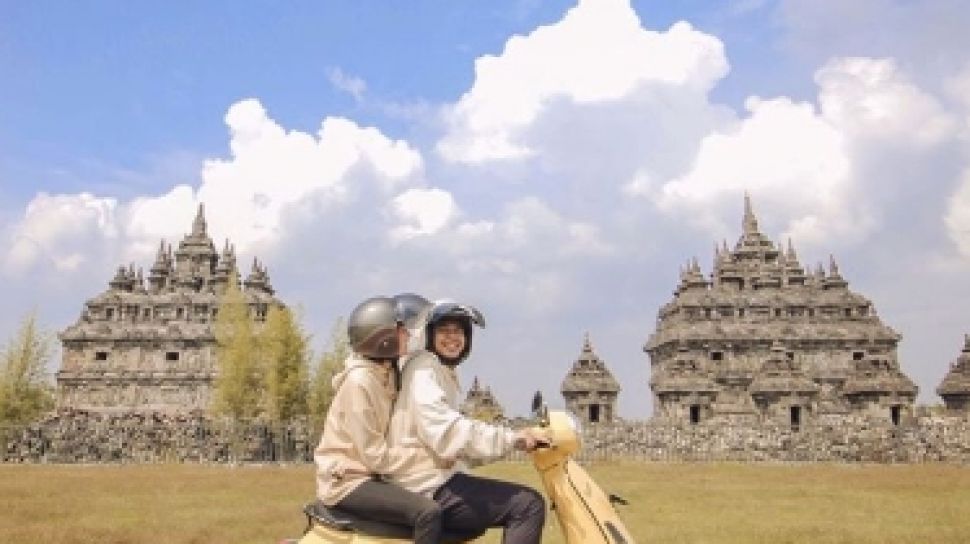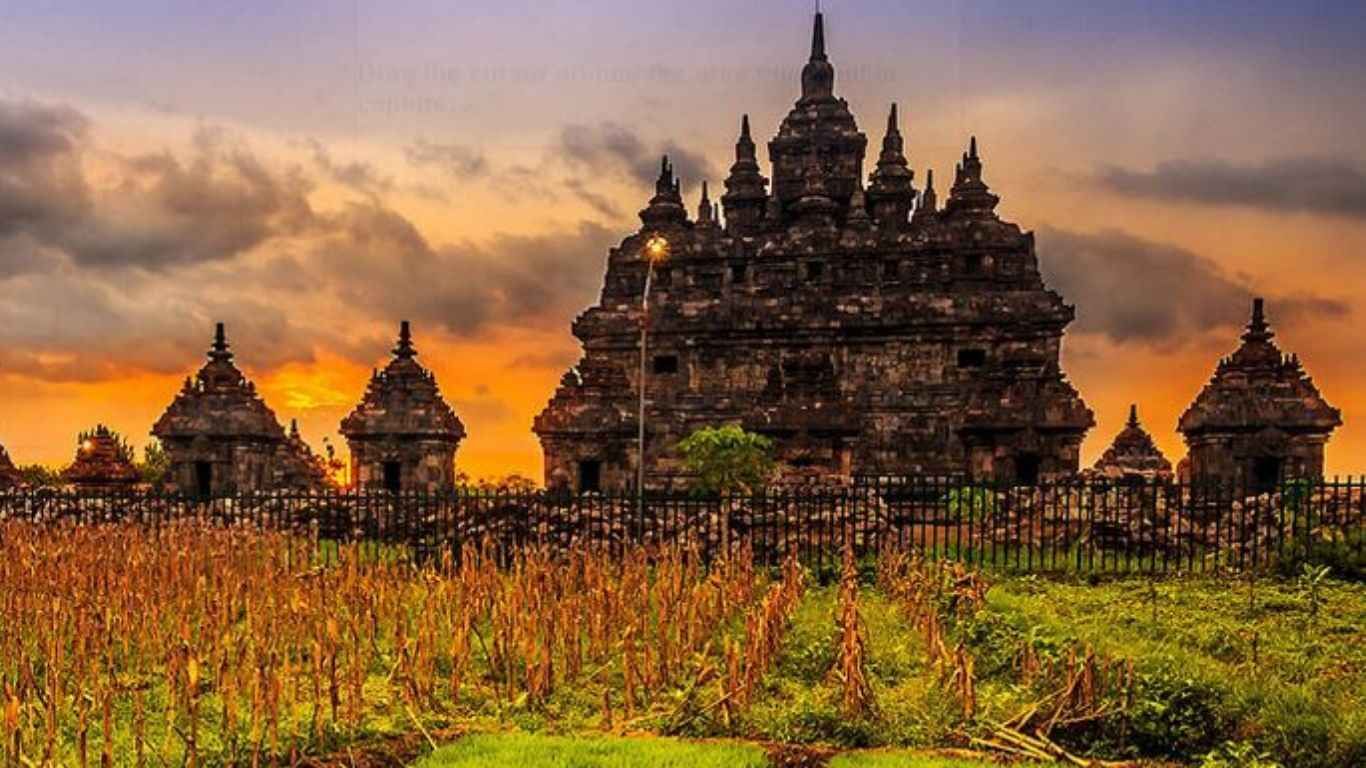Sojiwan Temple Tourism: Perhaps not many people have heard of it, especially when asked where it is located. Indeed, Sojiwan Temple is not as well-known as Prambanan Temple, let alone Borobudur Temple. It's actually not far from Prambanan Temple, taking perhaps half an hour on foot. Recently restored in 2011, this temple is relatively new compared to the other temples. What's most striking about this temple is its similar shape to Prambanan: tall with a pyramid-like structure on top, but the upper part of the temple consists of stupas similar to those at Borobudur. It could be said that this temple is like a "marriage" between Prambanan and Borobudur. This temple is situated within a fairly extensive complex with beautiful, well-maintained gardens. It turns out that this complex was only inaugurated after being restored in December 2011 by the Minister of Education and Culture, Mohammad Nuh. Initially, this temple was only a half-finished structure that looked like a ...
Not only Prambanan is the historical charm of Klaten Regency, Central Java, Plaosan Temple is one of them that can be used as a vacation reference, especially for those of you who love culture and history. Plaosan Temple is a relic of the Ancient Mataram Kingdom which was built in the 9th century by Sri Kahuluan and King Rakai Pikatan. Plaosan Temple itself is located in Dukuh Plaosan, Bugisan Village, Prambanan District, Klaten Regency, Central Java.
Plaosan Temple is located in Bugisan Village, Prambanan District, Klaten Regency, Central Java and was founded during the time of Rakai Panangkaran, a king who also founded Borobudur Temple and Sewu Temple with a Buddhist background. The temple consists of two main temples and a mandapa (building used to perform rituals) surrounded by 58 Perwara Temples (companion temples) and 194 stupas.
On some of the Perwara Temples, short inscriptions are found indicating that the buildings were donated by the king's subordinates as a form of loyalty.
The temple area is divided into two parts, namely the Lor (South) and Kidul (North) areas with a distance of 20 meters. The interesting story is that Plaosan Temple is actually a proof of love from Rakai Pikatan who adheres to Hinduism for his wife Pramudya Wardhani who adheres to Buddhism. Rakai Pikatan deliberately designed Plaosan Temple with a touch of two religions at once (Hinduism and Buddhism).
According to researchers, Plaosan Temple is dominated by Buddhist style because there are Buddha statues, Perwara Temple and Kemucak Stupa. Each part of Plaosan Temple has different reliefs.
In the northern part, there are various reliefs of female figures, while in the southern part, there are reliefs of male figures. The two parts are surrounded by 50 ancillary temples and 116 stupas. Each main building has six rooms, consisting of three above and three below. In the center are three Buddha statues sitting in a row facing the door.
What is interesting about Plaosan Temple is the 440m x 270m moat that surrounds the temple complex along with some loose finds in the form of thousands of pottery fragments and some foreign ceramics in it. Most likely, the moat was used to lower the groundwater in the temple complex so that the soil becomes solid. It is said that the ancient kingdom considered the elements of water, mountains and rice fields to be sacred, therefore, the temple was likened to a mountain where the gods reside surrounded by the ocean.



Comments